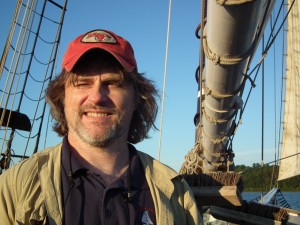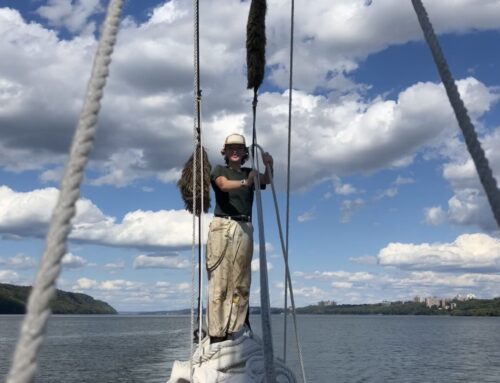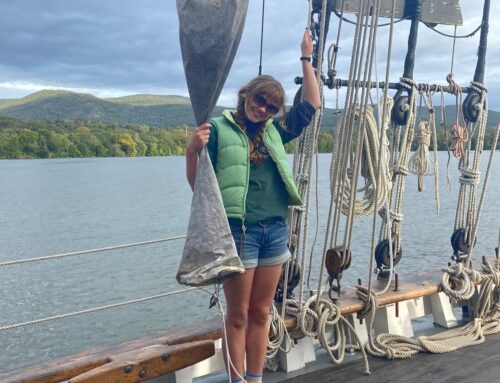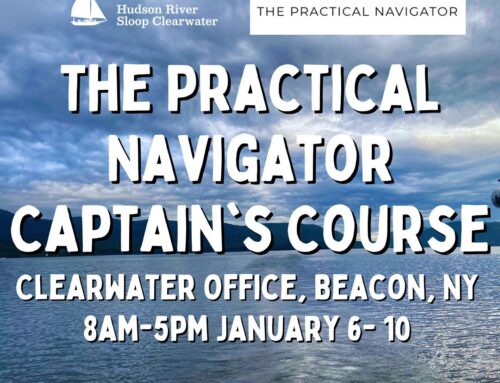Have you heard about micro-bread plastic pollution and how these tiny particles impact fish and wildlife in the Hudson River? Dave Conover, Clearwater Education Director, delivers an informative message on Mid-Hudson News’ Your Environment spot.
Listen and learn about this emerging problem, Clearwater’s new citizen science project, and about New York’s proposed Micro-bead Free Waters Act.
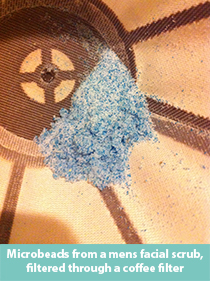
Image source: plasticfreeseas.org
When we think of plastic pollution, we often think of the dreaded six-pack rings that can entangle wildlife or plastic grocery bags dangling from neighborhood trees. Micro-bead plastics are more insidious. They are tiny particles, 1 mm or less, that have been incorporated into products like cosmetics, scrubs and toothpastes to serve as abrasives. As unsightly as floating bags and bottles can be, micro-beads pose unique challenges for cleanup. They can pass right through the wastewater treatment plants into the nearest lake or river. Once there, these tiny particles mimic plankton that may be mistaken for food by fish. They can also absorb toxic chemicals on their surfaces, turning them into miniature poison pills, making it easier for environmental toxins to accumulate up the food chain and potentially harming fish and wildlife.
Clearwater will be starting a sampling program this summer in the Hudson River, using a device called a manta-trawl, which will allow us to see what extent micro-bead plastics have impacted here. Students who sail with us will get the chance to use the equipment, record data, and report on what they find. We hope this citizen science project will not only gather useful data, but also inspire interest in environmental research. – Dave Conover

